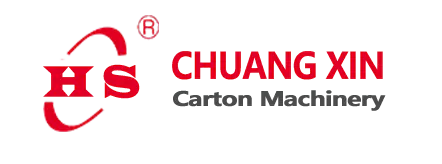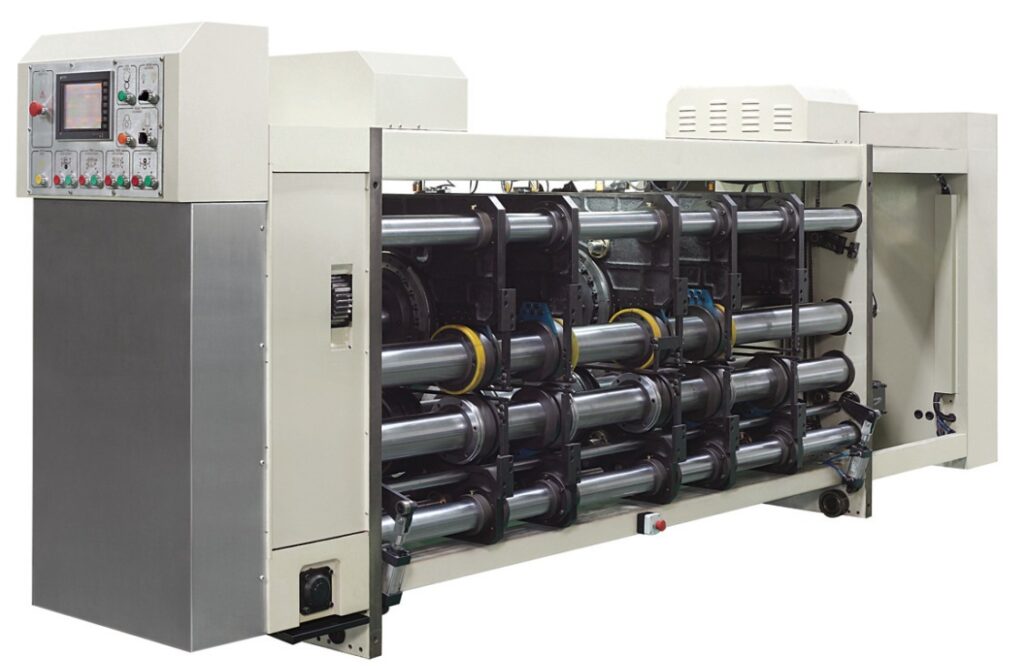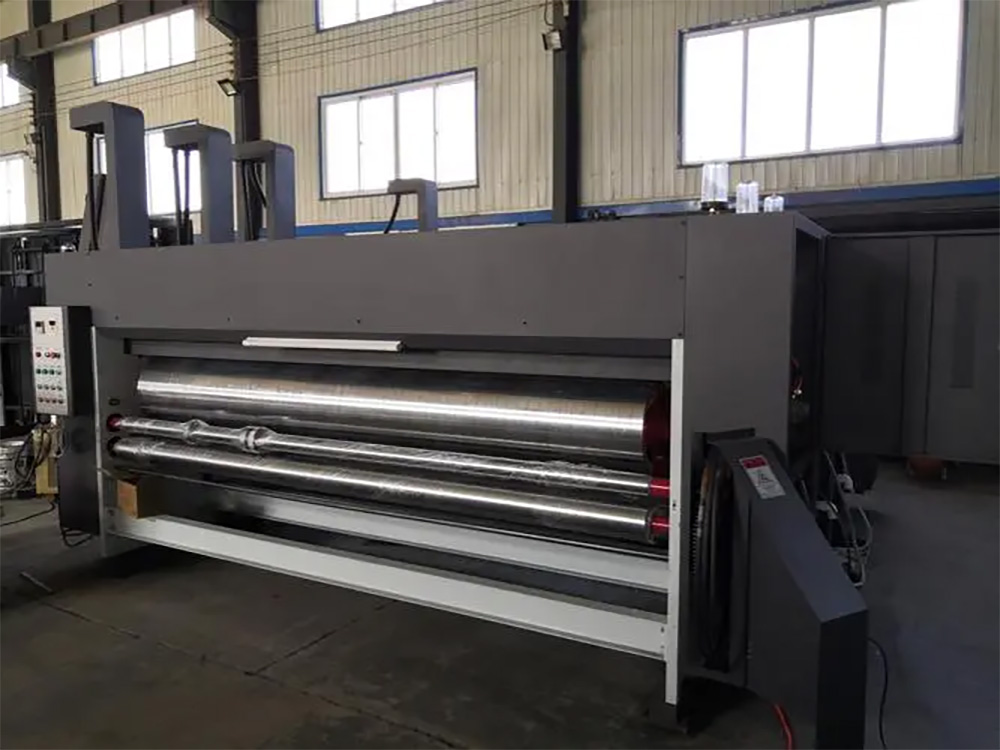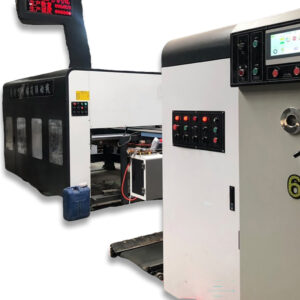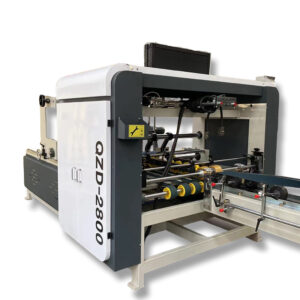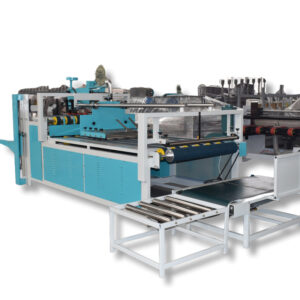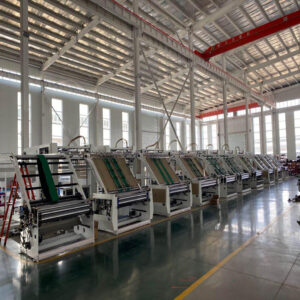
Welcome to our blog dedicated to the fascinating world of carton printing slotting machines. Here, we delve into the intricate workings and immense value these machines bring to the packaging industry.
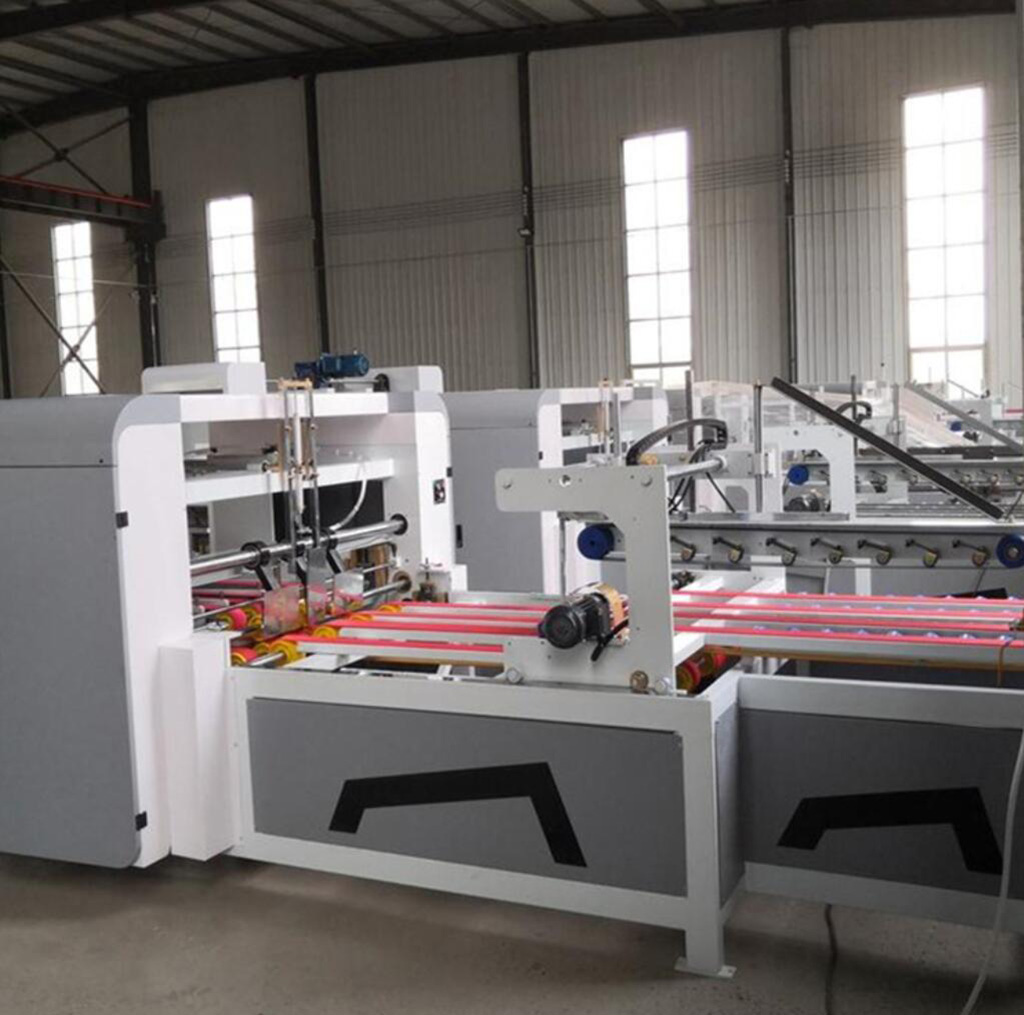
Introduction of 5 Types of Gluer Machines
Gluer machines are necessary in the packaging industry, automating the process of bonding carton blanks to create boxes, trays, and other packaging forms.

Essential Components of Corrugated Cardboard Production Line
In the world of packaging, corrugated cardboard production lines are indispensable.
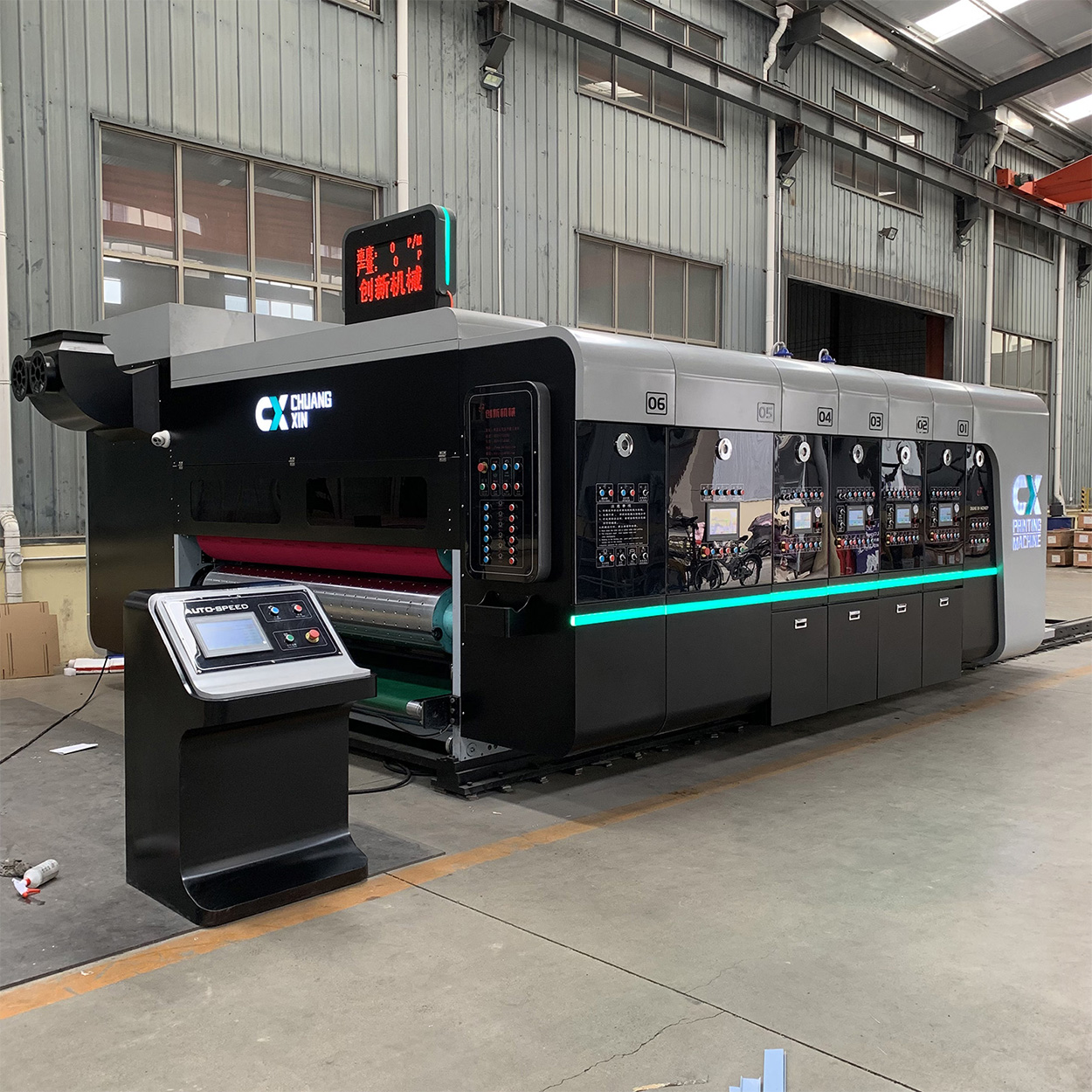
6 Advantages of Flexographic Printing Machine
Flexographic printing machines have revolutionized the printing industry, offering versatile and efficient solutions for various printing needs.
